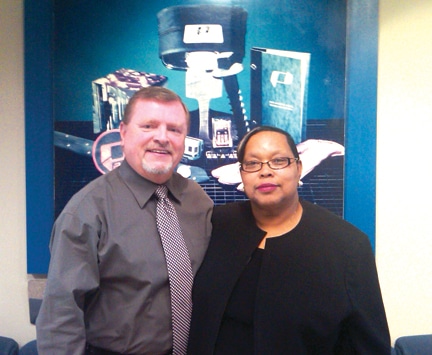It was a mighty good fourth quarter and calendar-year 2010 for CSX, which reported Jan. 24 that its operating profits grew by 46 percent in the fourth quarter (versus fourth quarter 2009), and by 35 percent for the 12-months of 2010.
In announcing that CSX had reduced its operating ratio from 75 to 71.1, CEO Michael Ward said, the railroad “expects to produce record financial results, including a high-60’s operating ratio in 2011.” Operating ratio — a railroad’s operating expenses expressed as a percentage of operating revenue — is considered by economists to be the basic measure of carrier profitability.
Ward said the CSX employee head count, at almost 30,000 at year-end 2010, had increased by more than 2 percent from year-end 2009. Ward predicted another 2 percent hike in employment in 2011, but did not indicate how many new train and engine positions would be added. However, a Wolfe Trahan report on CSX earnings indicated export coal loadings on CSX could increase by as much as 33 percent in 2011, obviously requiring more T&E starts.
CSX operates some 21,000 route miles in 23 states and the District of Columbia.
